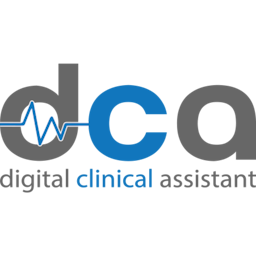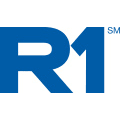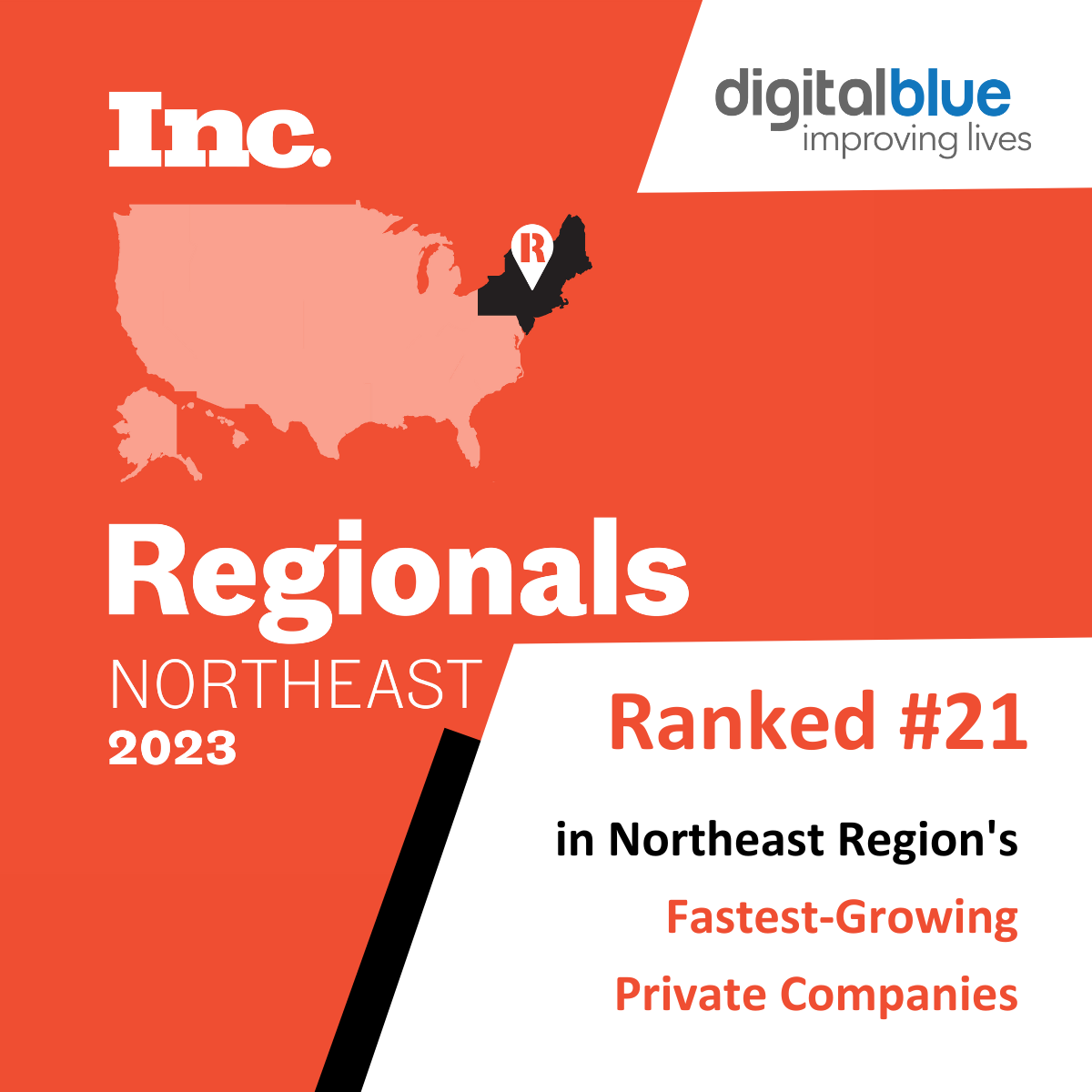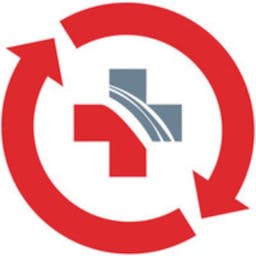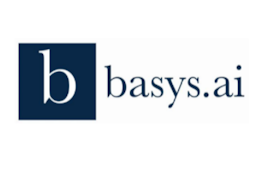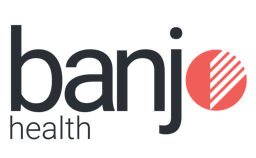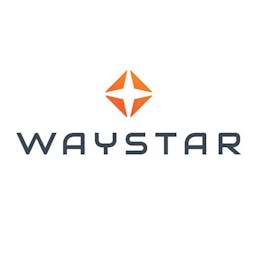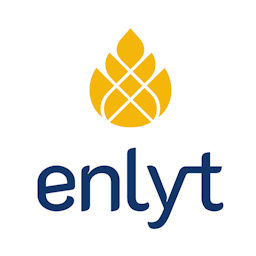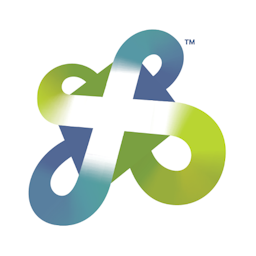Prior Auth Process As-Is
Prescriber opens the EMR and prescribes the prescription.
The pharmacy will notify the prescriber that a prior auth is needed
Prescriber will submit an electronic request for prior authorization through ePA or insurance portals
Prescribers and their staff input patient demographic information and history and answer clinical questions as they come in.
The staff is constantly checking for status updates
Duplicate requests come in, typically at night and over the weekend. If the PA request isn't completed quickly enough, these must be filtered out manually.
Backlogged workbaskets and data-entry errors cause care gaps and delays in treatment.
Increased administrative burden is the number one cause in provider burnout and a significant cause for loss in revenue
DCA Optimized Prior Auth Process
The Clinician Opens the EMR and prescribes the medication
DCA monitors the EMR and other systems for PA work and kicks off the automated process
DCA auto-triages PAs and removes ALL duplicate requests as they come in
DCA auto-fills forms via APIs and submits the requests for medications it has been configured for based on your practices' volumes
DCA creates a work queue for any encountered exceptions
nurses work only the PA requests or clinical questions that the DCA is not configured for, saving time for high-value work
Based on payer rules, the DCA posts status updates/tasks to EMR and auto-updates status
60% reduction in manual effort
50% improvement in time to approval
100% elimination of duplicate requests
See more patients, improve employee satisfaction/retention, and get home on time!
